A 2020 study by the RV Industry Association found that 46 million Americans plan to take a trip in the next 12 months. If you’re one of them, a quick lesson on RV and trailer ownership, especially as it pertains to your tire care will benefit you in numerous ways. So, here are a few tire care best practices from Kenda Martin Wheel Division that you can employ before every trip to ensure you’re using your tires the way they were designed to be used.
- Review your vehicle’s towing capacity per the manufacturer’s guidelines — Make sure you understand the trailer’s dry (curb) weight, and tongue weight plus your vehicle’s GVWR (gross vehicle weight rating) and how your load can affect it.
- Check tire air pressure — It’s always a good idea to check and adjust air pressure to the appropriate PSI per the placard on your trailer or the owner’s manual. Be sure not exceed the tire manufacturer’s max PSI.
- Tighten wheel lug nuts — Keep in mind that there are standards for proper torque level by wheel size. Check and tighten wheel lug nuts, if necessary, prior to every trip using a tire lug nut tool, preferably a torque wrench.
- Know what to look for when visually inspecting tires — Always look for abnormalities in tire appearance such as bulges, cracks, cuts, penetrations and irregular tire wear. Remove any debris lodged in the treads. Check tread depth using the common “penny” test or use a tire pattern gauge and follow the manufacturer’s recommendations for replacement levels.
- Be aware of increased stopping distance — On trailer models with brakes installed, the combination will require a greater stopping distance with a trailer in tow than the tow vehicle requires while operating by itself. For following distances, a general rule of thumb is at least a 325-foot gap (about 5 seconds) between the vehicle and the vehicle in front of you.
As millions of RVs and trailers, many with new owners like you, hit the roads this year, it is important that you understand all of your components – right down to the tires – to be safe on the roadways.
